
views
X
Research source
To benefit from the use of a booster seat, however, you must choose the right one for your child, and you must install it correctly and safely in your vehicle.
Choosing the Right Seat
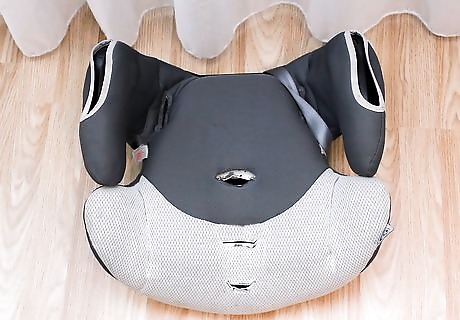
Shop around and review different booster seat types. There are several varieties of booster seats to choose from. They vary in design, material, and price. Choose one that fits your vehicle, suits your child, and meets your current and future needs. Backless booster seats do not have a back (as the name suggests), but rest on your vehicle's rear seat. Your child's back is supported by the back of the vehicle's seat. High back booster seats have their own support for your child's back to rest against. These fit within your vehicle's rear seat much like a forward-facing child safety seat. High back booster seats are recommended for vehicles without headrests on the rear seat. Combination child safety seat/booster seats can be used first as a child safety seat and then converted to a booster seat when your child is old enough or big enough.
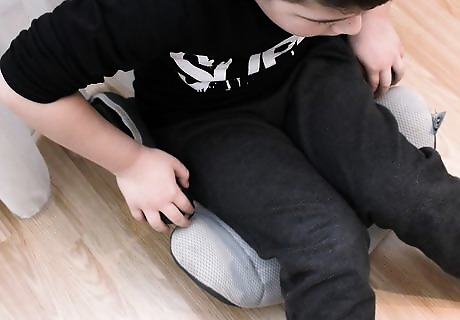
Choose a booster seat your child finds comfortable. Booster seats are not latched to your car in the same way that car seats are. Instead, they are held in place by your child's weight and your car's seat belt. For this reason, it is very important to find a booster seat that you child can sit comfortably on. Choose a booster seat that is neither too large nor too small for your child.
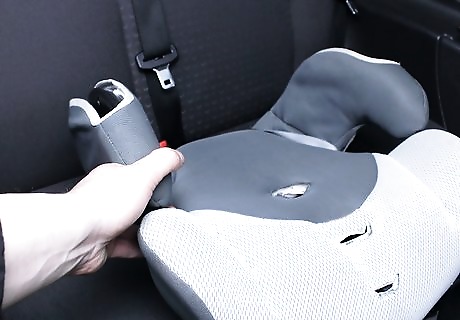
Make sure the booster seat fits in your car. A booster seat will rest on top of your car's back seat, much like a car seat. It will also be strapped in using the car's seatbelt. Therefore, it is critical that the booster seat fit properly into your car and onto the rear seat. Make sure: The booster seat fits fully on your car's rear seat, and does not hang over the edge. The booster seat sits flat on your car's rear seat, and is not turned or tilted. At least one of your car's rear lap-shoulder seatbelts (not just a lap seatbelt) is able to fit fully around the booster seat so that you can secure it in place.
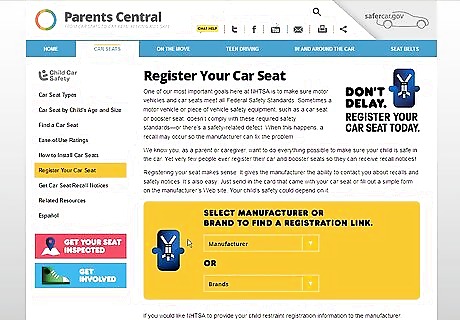
Register your booster seat. As soon as you have purchased a booster seat, register it with the manufacturer, according to the instructions that are provided with the packaging. This is necessary to validate the warranty, and will also help the manufacturer notify you in the event that there is a recall on the booster seat.
Installing the Seat

Read the instructions. While the general techniques for installing a booster seat are the same for all types, each model is designed slightly differently and has specific instructions. To make sure that you know how your booster seat functions, and how to install it, always read the manufacturer's instructions and safety information that are provided with the seat when you purchase it.
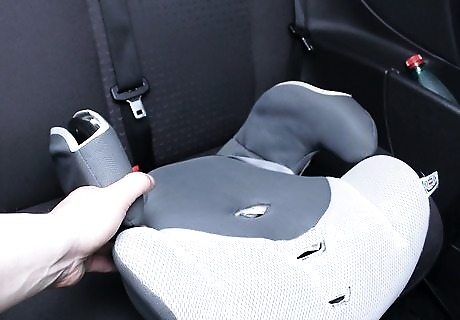
Place the booster seat in your car's rear seat. Booster seats should always be installed in a vehicle's rear seat, never in a front seat. The best location for a booster seat is in the center of a vehicle's rear seat, as long as it fits properly there. However, if your vehicle only has a lap belt in the center position of the rear seat, install the booster seat on the right or left side. If you cannot install a booster seat in the center of the rear seat, choose the side (right or left) that will allow you to best see your child from the driver's seat, and make it easiest to safely remove the child from the vehicle on busy streets.

Use any clips or guides the booster may have. Some booster seats, but not all, have clips or guides to help you position the seatbelt across the seat. Read and follow the manufacturer's instructions provided with your booster seat regarding how to use these, if applicable.
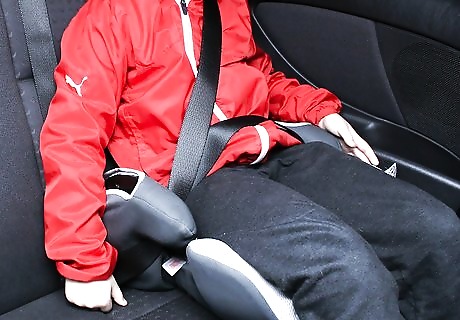
Check the fit of the booster seat. Once the booster seat is properly installed, have your child sit in it (while the vehicle is not in motion) to ensure a good fit. Position the seatbelt as you normally would, and make sure the child is snug but comfortable in the booster seat, and that it remains secure on your vehicle's back seat when your child is sitting in it. Adjust your vehicle's seat belt, if necessary. You should use a lap-shoulder combination seat belt. The lap portion should rest on the child's torso (not stomach), and the shoulder portion should fit across his/her chest. You can also visit a local police department, fire department, or other safety center to have an official check to make sure your booster seat is installed properly.
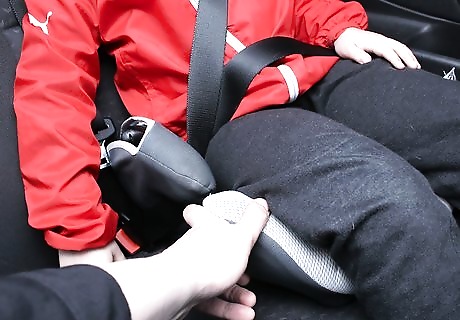
Check the fit regularly. As your child grows, you may have to adjust the seatbelt or position of the booster seat. It may also shift slightly during transit. Because of this, it is a good idea to check the fit and position of the booster seat regularly. Always make sure that the seatbelt fits your child correctly, and that the booster seat remains secure on your vehicle's rear seat.
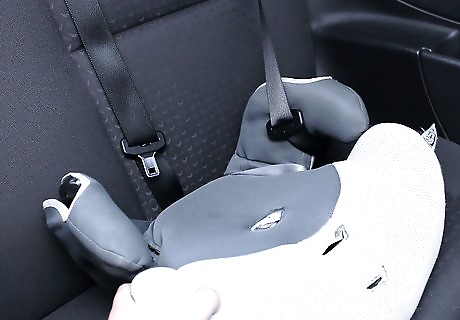
Secure the booster seat when it is not in use. A booster seat should always be used whenever the child it is intended for is in your vehicle. When the booster seat is not being used, it should be secured (for instance, strapped down or stowed in the trunk). Otherwise, a loose booster seat moving around while you are driving the vehicle can cause injury or become a dangerous distraction. Some models of boosters have LATCH connectors to connect to a vehicle's lower anchors for the purpose of securing the booster when not in use. Take advantage of these if your booster comes with these connectors and the dedicated seating position has lower anchors. Some models include the Diono Solana, Graco Affix, and Britax Parkway.
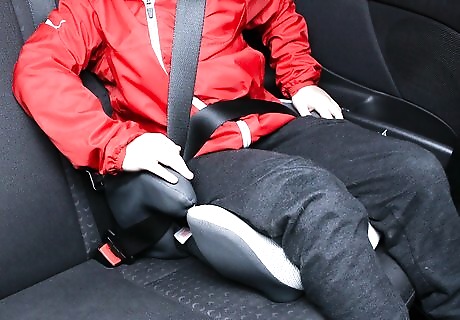
Use the booster seat as long as necessary. General guidelines recommend that children use booster seats until they are 8 years old or have reached 4' 9” in height. Once you child is above this age/or height, he or she can use an adult seat belt. Laws, regulations, and recommendations can vary by area. Always check the guidelines for using booster seats that are applicable where you live.














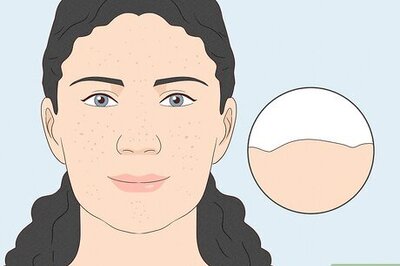





Comments
0 comment